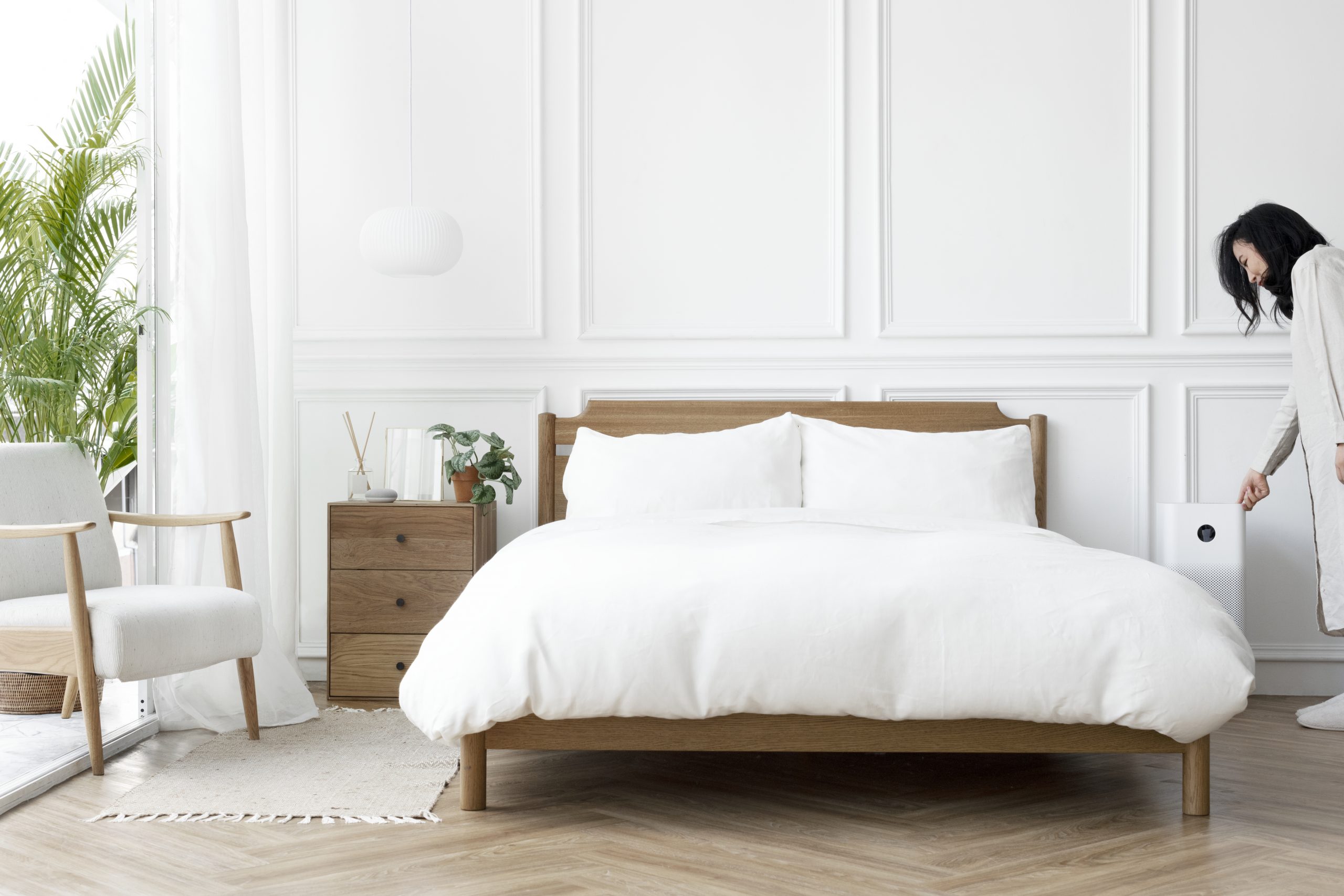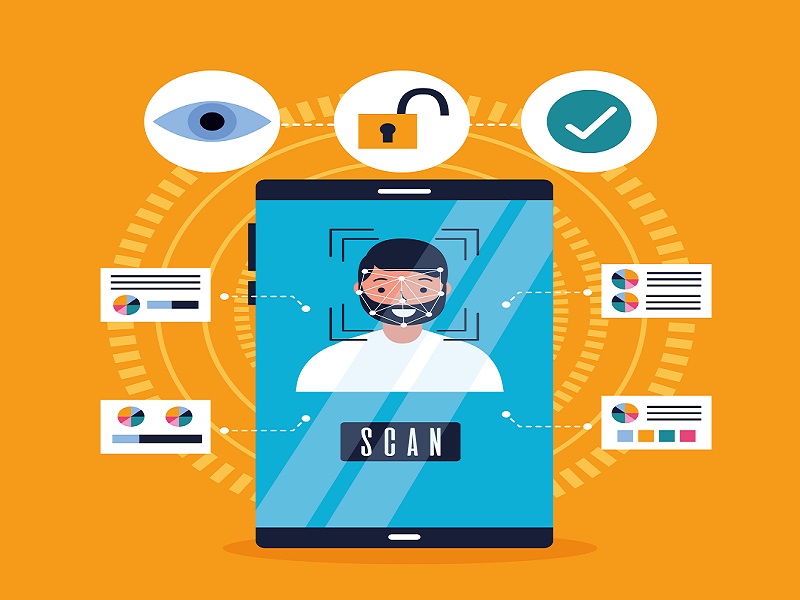The Buyt Desk
An air purifier is the need of the hour. With various cities of India reporting alarming levels of air quality index(AQI) air purifiers are becoming a necessity. The various pollutants in the air are making people sick. Many are facing respiratory tract illness/issues. Thus air purifiers will soon be a basic need to keep the indoor air clean from toxic pollutants, chemicals and odours. Air purifier filters the indoor air by passing it through multiple filters and thus remove all the dust particles and harmful airborne minute particles. It is a relatively new product and consumers don’t know what to look for when they buy an air purifier. Here are the basic 5 factors you need to consider.
-
Know the place you want to install the Air purifier so that you can decide on the Size of the Air Purifier
Air purifiers are of different sizes and the size is based on the area they should cover. To decide the right size of the air purifier, you should select the area of the room you want to place the purifier. It would be a good idea to go for a purifier with area coverage larger than your required size for maximum efficiency. Also go for a portable purifier, good if with rolling wheels so that it can be placed in any part of the house. Most air purifiers come in 4 sizes –
-
Small: Best suited for rooms smaller than 300 square feet.
-
Medium: Best suited for large rooms of size ranging from 300 to 700 square feet.
-
Large: Best suited for a drawing room or open kitchen with an area anywhere between 700 to 2000 square feet.
-
Whole-House: Best when you want a whole house purifier.
2. Know why you need an Air Purifier so that you can decide on the type of filter
The air indoors can be polluted and full of agitating particles like pollen and dust, which may also contain pet dander, ragweed, mould spores and more allergens. People suffering from allergies, chemical sensitivities or asthma will have issues with smoke, pet hair, pollutants and pollen in the air.
Air purifiers come with one of these four types of filter – HEPA (High-Efficiency Particulate Air), antibacterial and germicidal, charged media and electrostatic precipitator.
Air purifiers with HEPA (High Efficiency Particulate Air) filters have capabilities to filter out maximum microscopic pollutants like mould, pollen, bacteria, dust and pet dander. Activated carbon filters can efficiently remove harmful chemicals and gases from the air. The air purifier with pre-filter filters out larger particles like pet hair from the air entering the purifier and prefers a washable pre-filter. Be it any filter, it needs periodical replacement so that the efficiency of the purifier is not decreased.
3. Focus on the Air Change rate per Hour (ACH) to determine an air purifier’s efficiency
People with allergies, asthma or respiratory tract issues should concentrate on-air the change per hour (ACH) rate of the air purifier. ACH number indicates the number of times that a particular air purifier can filter and clean the entire volume of air in the closed space or room in an hour. An air purifier with ACH 4 filters out all the air in the room 4 times every hour i.e., once every 15 minutes. Air purifiers with a rate of more than 4 ACH are assumed to be good in filtering out microscopic harmful allergens. If the budget is not constrained, then go for at least 6 ACH devices.
4. Check the decibels for a good sleep with the air purifier on
Air purifiers have fans for better airflow into the device and this could be felt loud at night. Look for lower decibels if you are a light sleeper and do not want to disturb your sleep. Go for devices with less than 45 or 40 decibels so that you can sleep peacefully on winter nights.
5. Consider the cost of replacement filters and customer service
Do not assume that the upfront cost while buying an air purifier is the only cost you have to bear. The air purifier needs periodical replacement of the filters to work efficiently. Filter-replacement costs depend on the type of device you are using. Some filters are very expensive which will last for years and also there are cheaper filters that need to be changed frequently. Washable pre-filters are also available.
Before finalizing an air purifier, estimate the yearly maintenance cost and the customer service efficiency in your town. Post-sale service offered by the company matters as yearly maintenance is needed.
-
HEPA filters last for about one year.
-
Activated carbon filters work efficiently for 6 months.
-
Pre-filters usually last 3 months as they have large particles.
-
Air sterilizers use heat or ultraviolet light to purify the air and kill germs and allergens and do not need filter replacement.
Other bonus /added Features you may want to look into are
-
Energy-efficient and cost-saving – Go for the ones with higher Energy Star rated by the EPA so that you will save on your electricity bill as you have to run the air purifier 24*7.
-
Easy to operate air purifier with not many controls on the device
-
There are Wi-Fi enabled air purifiers that can be controlled from an app on the phone.
-
Real-time Air quality indicator on the device
-
Filter change indicators on the device
-
Caster wheels
-
Air purifier’s shape for ascetic value
-
Handles for easy mobility
-
Remote controls
-
Multiple fan speeds
-
Warranty period
-
Display dimming option
Avoid fanless, Ionizers and UV light-based models. With no fan, the air purifier will be silent but there will be no airflow and thus only little pollutants are removed. And maybe Ozone is omitted from Ionizers and UV light-based models.
When you decide to spend money on an air purifier make sure that you study and compare different models and brands before finalizing the model. List out why you want an air purifier and all your criteria then check for the one which satisfies the maximum of your requirements.







